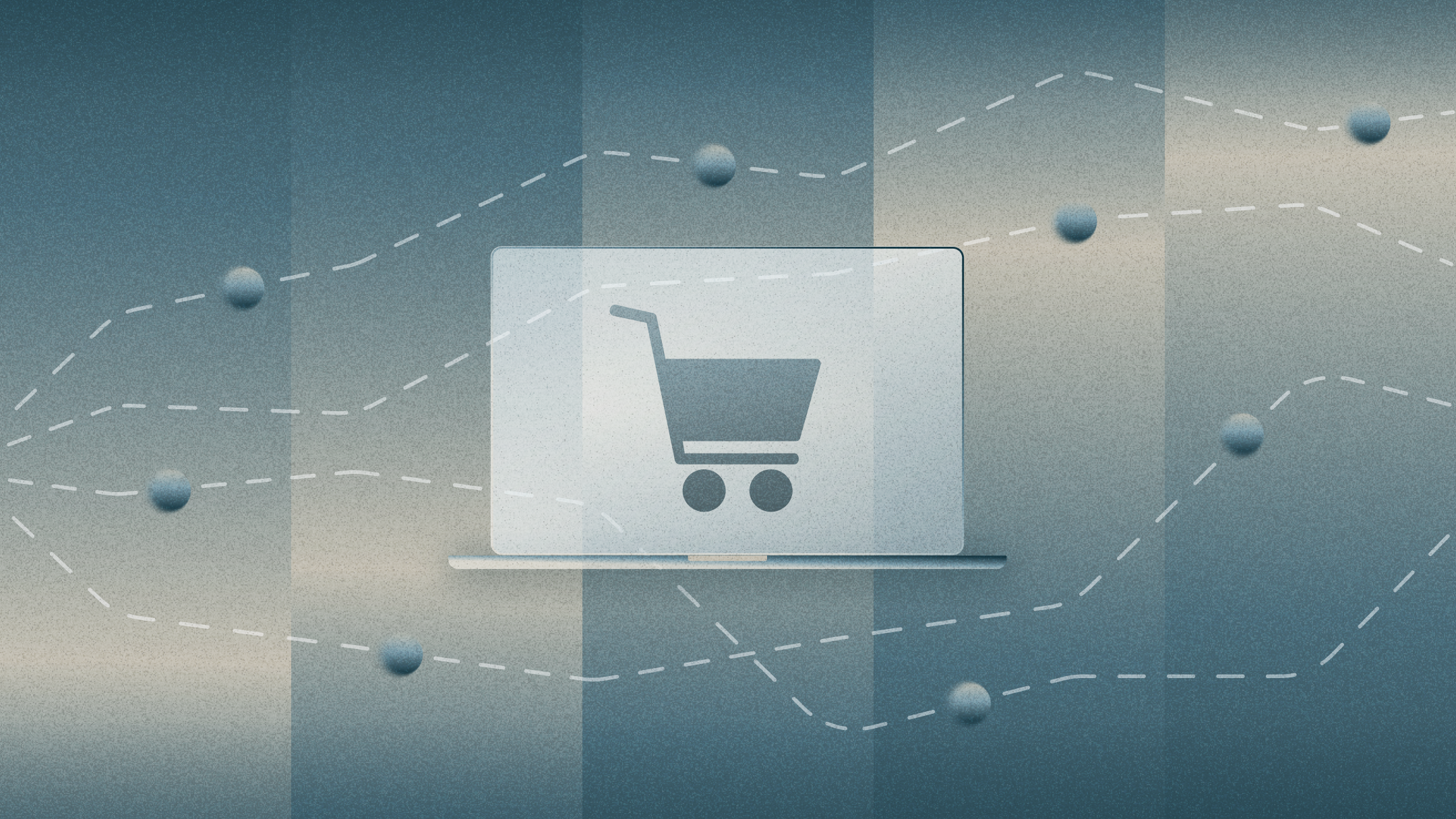What are the four main pricing strategies for companies?

There’s a difference between having a profitable business and adopting profit maximization as a strategy. One simply requires your business to earn revenue that exceeds your cost. The latter requires you to achieve the optimal level of output that allows your business to earn as much profit as possible.
Pricing strategy is crucial to profit maximization — whether you’re selling a service or a product. You’ll want to set it so it remains attractive to your customers, but not at the point where you’re leaving money on the table.
What are the different pricing strategies you might choose from?
Pricing strategy is an umbrella term that often encompasses methodology, technique, and marketing tactics. Though not an exhaustive list, below are four common pricing strategy examples, along with businesses that have implemented them.
Skimming
Price skimming will often occur when companies introduce a new innovative product in the market with little or no competition. They’ll set a very high initial price, often targeting a select group of customers. As they exhaust that segment and look to target the masses (or more price-sensitive customers), they start lowering their prices. The idea is that the initial high price can help the business recoup some of the costs that went into building or producing the product.
You’ll typically see price skimming in products like mobile phones, video game consoles, and luxury vehicles. It’s common to see a lot of hype when these products launch, which is what many of these businesses rely on to generate demand. Think about the period leading up to Apple launching a new iPhone or Sony releasing the latest PlayStation consoles. Companies that engage in this strategy will often pour a lot of resources into marketing and PR campaigns, generating buzz that drives business and growth.
If you can sustain demand at a high price for a long enough period of time, you can generate a high profit margin with price skimming. However, that doesn’t always happen, and the risk is that the strategy can end up creating a bitter taste for early adopters when they realize that they’ve overpaid for a product. This can have a negative impact on your brand and ultimately hurt your bottom line in the long run.
Penetration
On the opposite end of the spectrum, penetration pricing is when a business launches a product at a low price with the view of acquiring as many customers as possible. You’ll often see lower profit margins, or even losses in the beginning, but the heavy sales volume will eventually compensate for this.
With this approach, the company will typically raise its price once they’ve become more established or have gained enough market share. The idea is that by charging a low price at the beginning, they’re establishing their value proposition to the customer. Once there is a critical mass of consumers who are fully brought into the product, the company can start increasing its price.
Netflix is the poster child of penetration pricing, even since its early days as a DVD-rental by mail service. They charged a flat rate with no late fees, as opposed to their competitor Blockbuster, who charged a dollar a day for late returns, according to a CBNC report. They eventually switched to a subscription model. As of the last quarter of 2023, the streaming giant has amassed 260 million subscribers in total and 8.83 billion in revenue.
Penetration pricing can be an effective way to gain customers and achieve economies of scale in a short amount of time, but does have its risks when it comes to long-term profit maximization. If most of your customers are price-sensitive, they may not stick around when you eventually do raise your prices. There is also the potential for a price war with your competitors, and a perceived negative brand value that sometimes comes with low-priced products.
Premium
Companies opt for premium pricing when they want to position their product or service to be perceived as luxury or high value. Much like price skimming, marketing will often play a huge role in creating that perception. Companies may do so by driving up demand or controlling supply. Luxury fashion brands are a good example of this to the extent that they reportedly destroy excess inventory to retain their brand value and exclusivity — a practice that has come under criticism for its damaging environmental impact.
Premium pricing can make sense for you if your target market buys into the perceived benefits of your products, and is willing to spend money on it. By having affluent consumers as your target market, you’ll be able to generate higher profits margins at lower volumes than if your product was priced at a lower price point. The downside of this is that it can be a risky strategy to execute if you’re a young startup, and you’re still figuring out who your customer bases are.
Economy
Economy pricing is pricing products at a lower price than your competitors, with the aim of high sales volume. Your target market is likely to consist of those who are price-sensitive and value affordability over the perceived value of a brand. Unlike penetration pricing — which is a temporary marketing strategy — economy pricing tends to be a permanent long-term strategy with the intention of maximizing profits in the long run.
This strategy makes sense for businesses that are able to keep their production costs low and can churn out high volumes of products. A classic example here might be the fast fashion alternatives to luxury fashion brands, which also echoes a common theme with economy pricing is that the lower price point might coincide with a lower quality. That said, there are startups like Italic, for example, that take a sort of economy approach to pricing — (we say “sort of” because Italic’s prices aren’t low, per se, but do come in at up to 80% lower than top competitors in the space) — but do so without compromising on quality. Instead, they focus on a unique supply chain approach and “brandless” products, which allows them to bring costs down significantly.
There are some risks with economy pricing. Having price-sensitive customers can mean that they’ll be less likely to be loyal to your brand in the long run. High production demands can also create the temptation to cut corners, which can lower the quality of your products and harm your brand value.
Choosing the right strategy
Many factors go into determining a pricing strategy — the stage (and size) of your startup, the elasticity of your products or services (i.e., how essential it is), your target audience, and your positioning in the market. External factors like competitor pricing and market trends can also play a part.
It’s important to reiterate that the strategies above are the most commonly cited strategies, and many businesses in practice engage in a combination of pricing strategies. Apple, for example, charges a premium price for their product while also adopting price-skimming strategies. James D. Wilton, a managing partner at price strategy consulting firm Monevate recommends that startups use a number of these techniques, and then triangulate “across them to find the right prices, giving more weight to the factors that are more important.”
Wilton, who works with SaaS companies across all stages and sizes, wrote in an article, “When my team recommends price levels, it is usually through an understanding of costs, competitor pricing, willingness-to-pay, and value differentiation vs. the competition (at a minimum).” He is highly critical of looking at pricing strategy exclusively through the lens of these four models.
Ultimately, choosing the right strategy comes down to your product’s value proposition. Whether you adopt one of the four common pricing models discussed in this article or opt for something else, your customers have to be willing to pay for that product if you want to maximize your profits.
Related reads

The world is an array of edits

2025 Ecommerce Holiday Report: Headwinds, High Hopes, and AI Acceleration

The (bird) sound of something different
